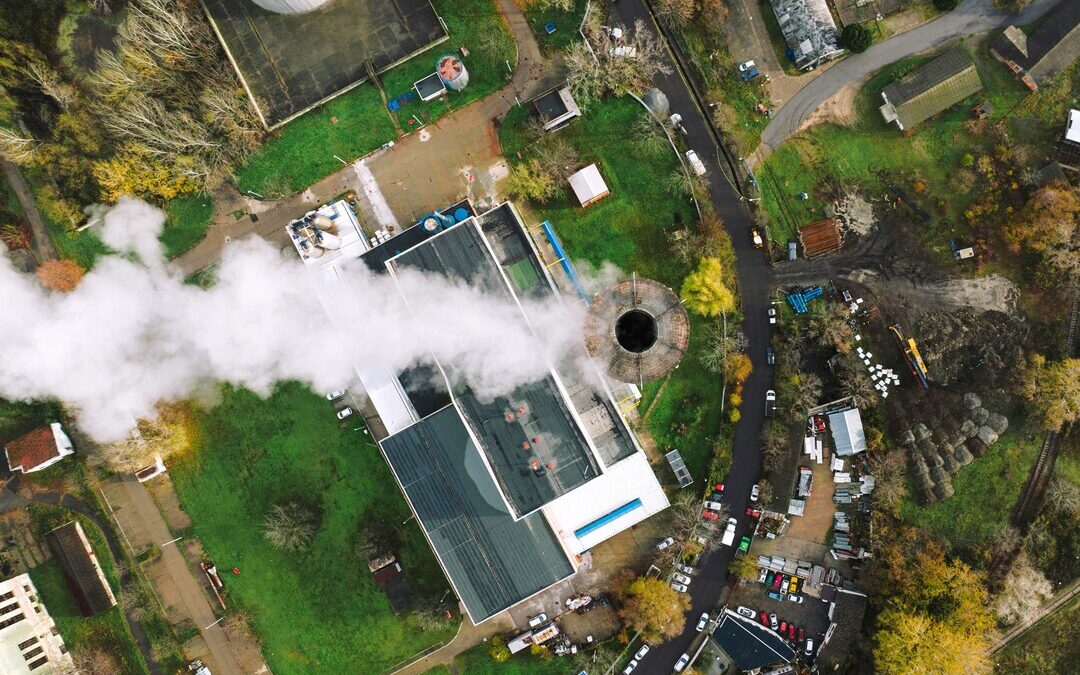BECCS Seen as Key to Net-Zero Future but Faces Sustainability Hurdles
Study says BECCS could deliver carbon-negative energy, cut industrial emissions and support renewables in net-zero transition.
Bioenergy with carbon capture and storage, or BECCS, could emerge as the most promising technology to cut hard-to-abate emissions and help limit global warming to below 1.5 degrees Celsius, according to a new study.
The review, published in the “Journal of Bioresources and Bioproducts,” argues that BECCS offers a firm energy option capable of generating power, fuels and hydrogen while removing carbon dioxide from the atmosphere.
“BECCS is the most promising option for carbon dioxide removal necessary to cope with hard-to-abate emissions,” said lead author Haibo Zhai of the University of Wyoming and Carnegie Mellon University. “It offers a pathway toward carbon neutrality while supporting energy security.”
Roles in Net-Zero Transition
The study highlights three central functions for BECCS in the global energy transition. It can accelerate the decarbonization of power and industrial sectors by using resources such as agricultural residues, forest waste and algae to generate low-carbon energy.
It also provides a pathway for coal-dependent economies to avoid stranded assets by co-firing biomass with carbon capture at relatively new coal plants, many of which in China are less than 15 years old.
Additionally, BECCS could play a stabilizing role in future power systems dominated by intermittent renewables, offering both flexible and reliable generation while delivering negative emissions.
“BECCS enables net-zero operation of locked-in coal infrastructure and supports an equitable transition in coal-dependent regions,” Zhai said. “It can also provide the reliability that renewable-heavy grids will need.”
Barriers to Large-Scale Deployment
Despite its potential, the technology faces formidable challenges. Large-scale deployment raises concerns about land and water use, biodiversity, and competition with food production. Costs remain high, and public acceptance is far from assured. Zhai cautioned that outcomes are highly dependent on local conditions.
“BECCS is not a one-size-fits-all option,” he said. “Its deployment must be evaluated in the local context of biomass availability, irrigation requirements and storage capacity.”
Policy and Public Support Needed
The study calls for stronger investment in research and development to advance deep carbon capture systems capable of removing up to 99 percent of emissions, as well as stable regulatory and policy frameworks to support commercial deployment.
Public understanding and acceptance will also be critical, Zhai emphasized.
“Without stable policy support and public engagement, it will be difficult for BECCS to reach its potential,” he said. “But with the right incentives, BECCS can become a cornerstone of a net-zero energy future.”
Nirmal Menon
Related posts
Subscribe
Error: Contact form not found.


